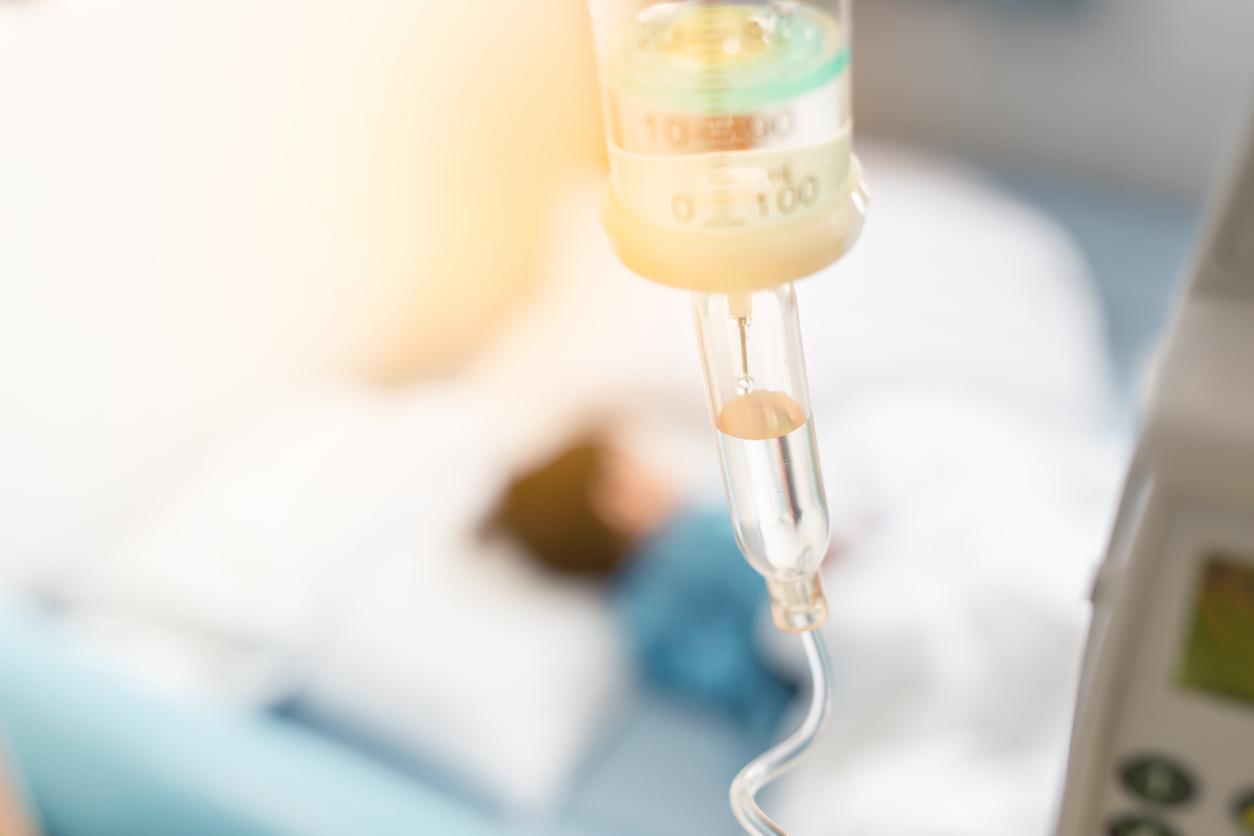
The World Health Organization (WHO) yesterday released new guidance to help countries address key gender disparities in the prevention, diagnosis, and treatment of drug-resistant infections.
The document provides a summary of the evidence on antimicrobial resistance (AMR) and gender and proposes recommendations for policymakers to consider when they develop, revise, implement, and monitor their national AMR action plans.
"Gender influences people's exposure to infections, what they do to prevent infections and whether they seek timely care or try to treat themselves," Anand Balachandran, Unit Head for National Action Plans and Monitoring and Evaluation in WHO's AMR division, said in a press release. "Yet the majority of national action plans on AMR do not mention sex or gender."
More antibiotic exposure for women, girls
Among the key findings of the report are that lack of clean water and safe sanitation in the community and health facilities puts women and girls at increased risk of exposure to drug-resistant infections because of their menstrual hygiene needs, more frequent contact with the healthcare system, and their responsibility for household water provision. Women are also at heightened risk of an AMR infection because they represent 70% of the global workforce.
On the other side, male-dominated professions such as animal husbandry, industrial farming, and slaughterhouse work can expose men to antibiotics and drug-resistant pathogens, while men's roles as primary income earners can contribute to their delaying diagnosis and treatment of resistant infections.
Gender influences people's exposure to infections, what they do to prevent infections and whether they seek timely care or try to treat themselves.
Meanwhile, stigma and negative experiences with the healthcare system can deter both men and women from seeking diagnosis and treatment of sexually transmitted and urinary tract infections.
The WHO also found that women are 27% more likely to receive antibiotics throughout their lifetime than men, female doctors take a more conservative approach to antibiotic prescribing than their male counterparts, and antibiotic recommendations made by male pharmacists are more likely to be accepted than those made by female pharmacists.
The guidance includes 20 recommendations aimed at identifying and addressing gender-specific vulnerabilities, embedding gender analysis into AMR research, incorporating policies that strive for gender equality into national AMR action plans, and promoting equitable access to antibiotics.















